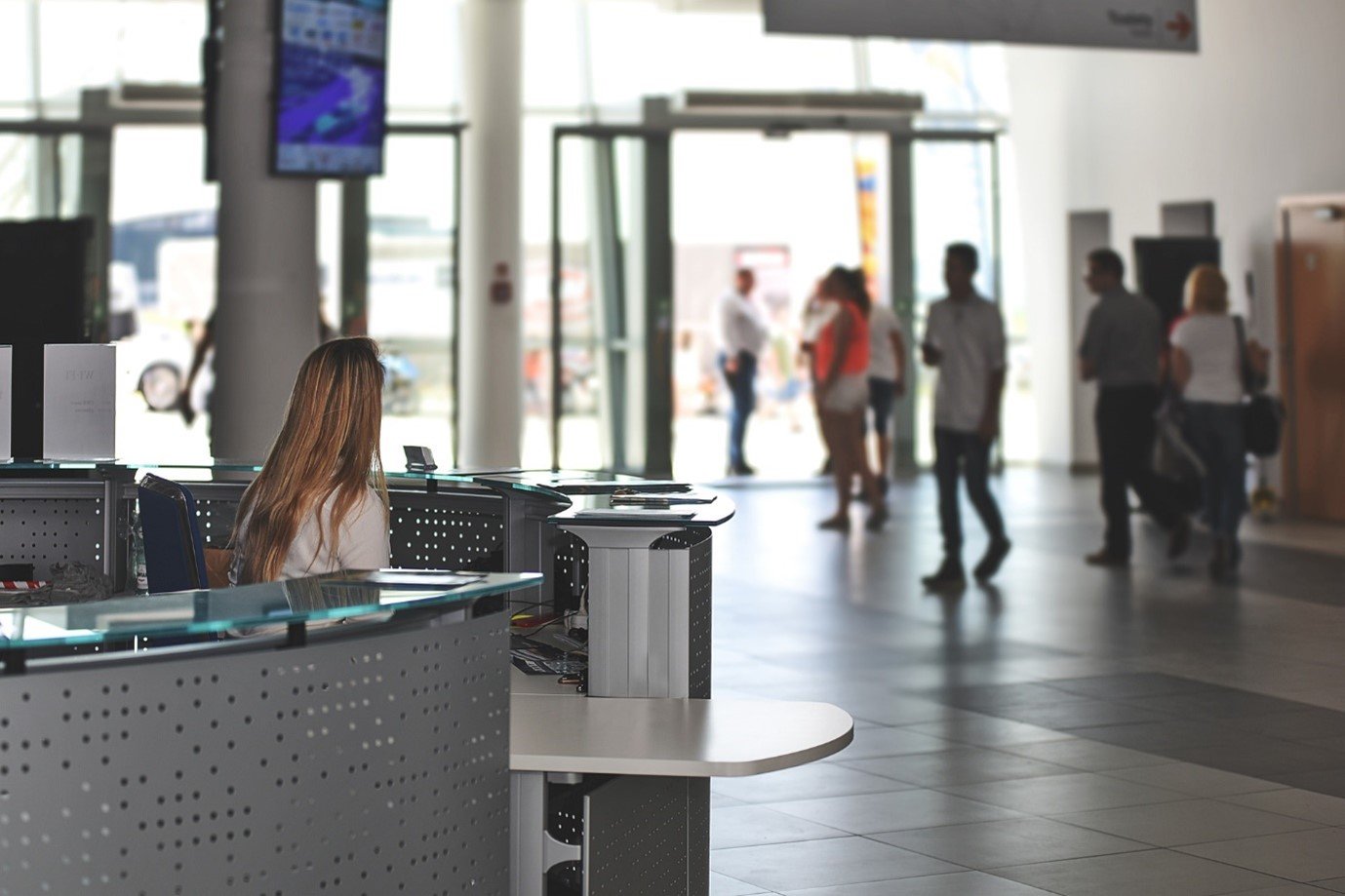Global Pandemic - The Tipping Point for Proptech Adoption?
With one of the world’s most transparent and professional property industries, Australia’s collaborative and competitive sector provides the perfect foundation for innovation. Just as we’ve led the globe in terms of sustainability, transparency of supply chains and social value, so too can our property industry lead the way in terms of the adoption and use of new technologies.
The challenges presented by the global pandemic in 2020 have created the ideal environment for the Australian market to implement some of the world’s cutting edge technologies in property to create innovative ways for managing and developing real estate assets.
Proptech investment
Spending on technology is now a justifiable regular expense for more than half of property companies in Australia. While 27% of businesses are investing in new technologies such as big data analytics, business process automation and virtual tours, another 55% are beefing up investments in existing technologies such as property and construction management systems, AI tools, tenant management apps and online marketplace and vendor portals.
There appears to be a growing realisation throughout the industry that an ecosystem approach is required when considering proptech investments. This means combining internal innovation skillsets with external experts to mesh physical and virtual worlds and create connected human experiences.
People need to be at the heart of proptech solutions. The occupants of our built environments, whether they be offices or residential complexes, are driving the expectation for landlords, developers and building managers to use technology that addresses challenges in building use. The businesses responding to these demands are successfully partnering with proptech providers to test and trial new technologies that enhance the customer’s experience.
Contactless technologies, biometric scanning for access and IoT sensors that aid social distancing measures are just a few of the technologies that are being implemented within our built environments in response to these demands.
Increasing implementation of technology
Nearly half of Australia’s real estate companies have recently started automation projects of some kind. While the global pandemic has weakened barriers for technological adoptions and more businesses are enhancing their use of a range of technologies, there is still room for improvement.
Track and trace tools are leading proptech implementations, closely followed by touchless access and social distancing technologies. The expectation of long-term changes to the workplace are one of the main drivers of these applications. 30% of real estate companies expect a scaling back of office density and an increase in permanent work from home arrangements.
Once ‘nice to have’ technologies are now being viewed as necessary for the creation of safe working environments and residential spaces. Demand for smart buildings that enhance efficiencies and create better experiences for the people using them is growing.
“As we embrace a hybrid world of work, technology that erases physical space friction will create a seamless connection between home, office and wherever else we may be working,” says Selina Short, Managing Partner of EY Oceania Real Estate and Construction.
COVID-19 has put property on the path of digitisation and increased the pace of adoption for a wide range of technologies – and not before time either. Customers are increasingly demanding experiences that are comparable to other areas of their daily lives such as retail or entertainment. Businesses that ignore these demands will be left behind.
Opportunities for technology to enhance real estate
Key areas for new technology to enhance property development, management and use, according to Yardi and The Property Council of Australia’s survey include Big data analytics (27%), Business process automation (26%), Virtual tours (20%), AI (18%), IoT (8%) and Blockchain (1%).
The ability of technologies such as AI and IoT to enhance operations and become fully effective is reliant on high-performing connectivity networks such as 5G, cloud servers or edge computing. Once in place, these then support a growing demand for and deliverability of ‘Plug and Play’ assets that enable customers to integrate their own systems with the facility’s technologies.
As advancements in these different areas are made and prices decrease, more property managers will be able to gain insights and realise value faster from these solutions. Technologies such as IoT sensors and machine learning algorithms that make sense of the vast amounts of the data generated will begin to be common place across real estate assets.
If ever there was a time to move ahead with proptech solutions that enhance the useability of our built environment, it is now.

